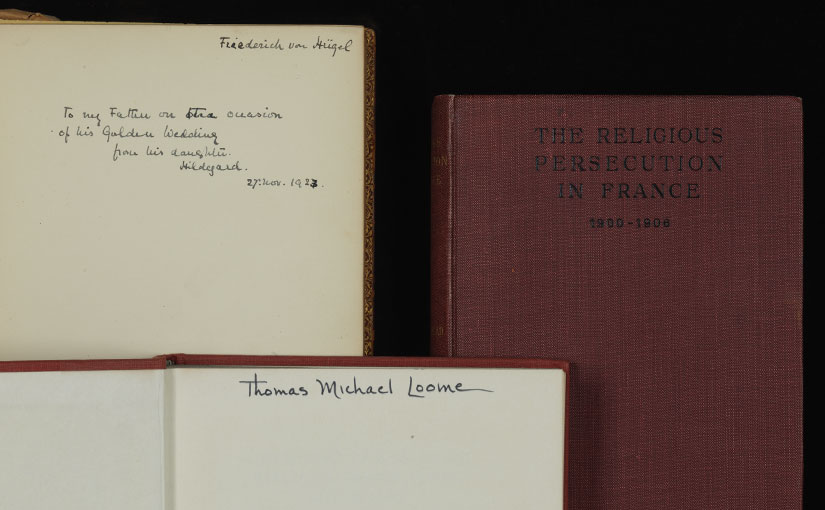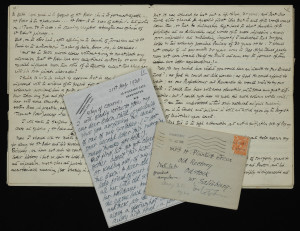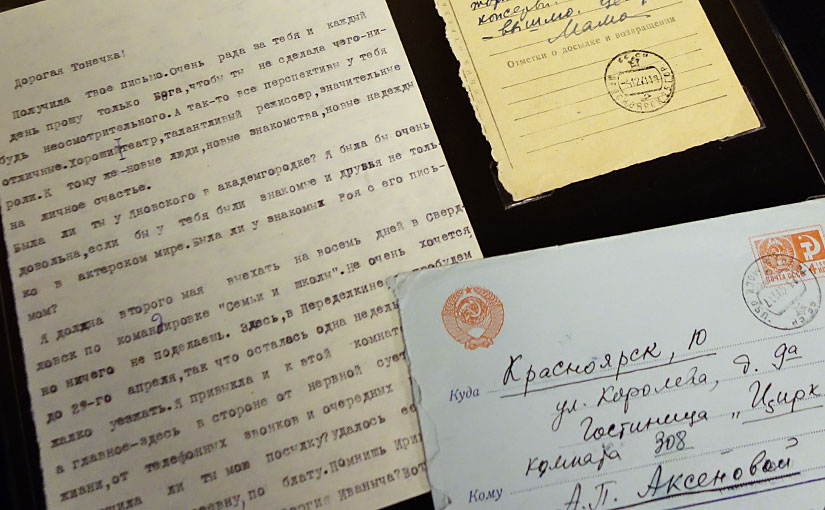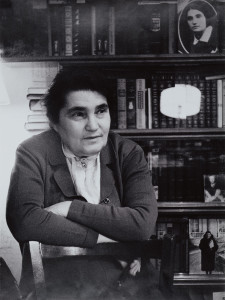 Domenico Angelo. L’École des armes: avec l’explication générale des principals attitudes et positions concernant l’escrime. . . . London: R & J Dodsley, 1763.
Domenico Angelo. L’École des armes: avec l’explication générale des principals attitudes et positions concernant l’escrime. . . . London: R & J Dodsley, 1763.
Domenico Angelo (c1717-1802) was an Italian fencing master whose School of Arms in Soho, London brought continental small-sword techniques to a fashionable English clientele that included members of the royal family. His L’École des armes (The School of Fencing), first published in London in 1763, went on to become the most influential instructional of the later eighteenth century (and the immediate source for the article on fencing in Diderot’s Encyclopédie). It is also a lavish book, an oblong folio (29 x 47 cm) containing 47 engraved plates after John Gwynn. Together, Angelo’s text (written in French) and Gwynn’s images provide a course of instruction that emphasizes both the cultivation of poise and grace and practical modes of self-defense.



Rare Books and Special Collections recently acquired a first edition of L’École des armes, an important addition to the early modern sport-related titles in the Joyce Sports Collection.
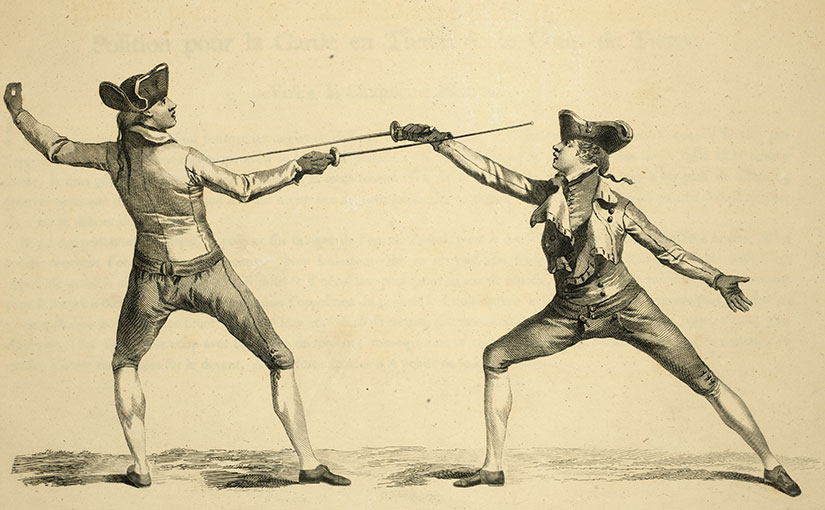
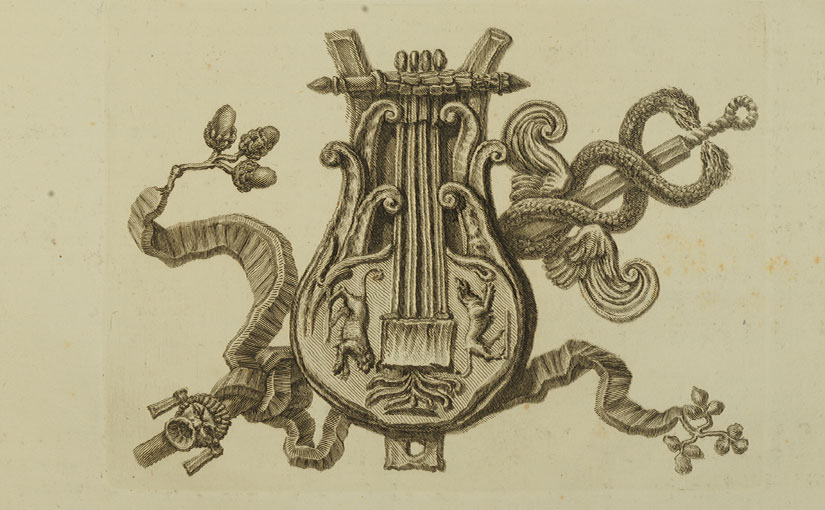




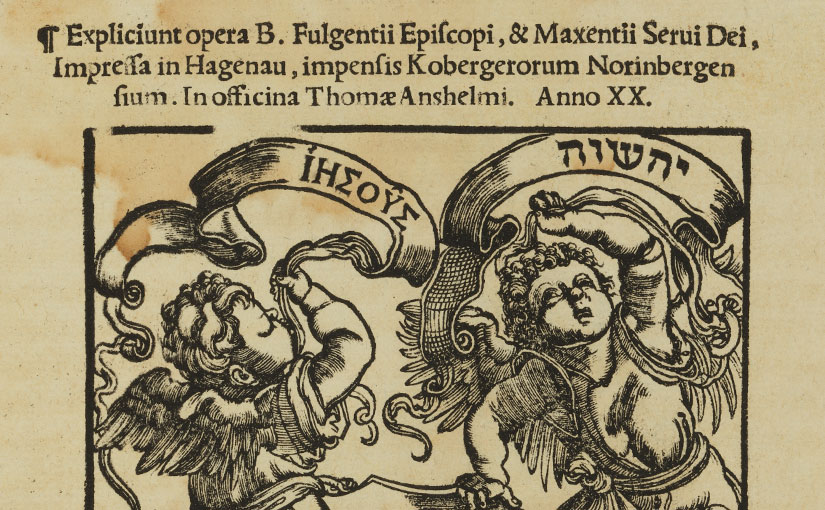


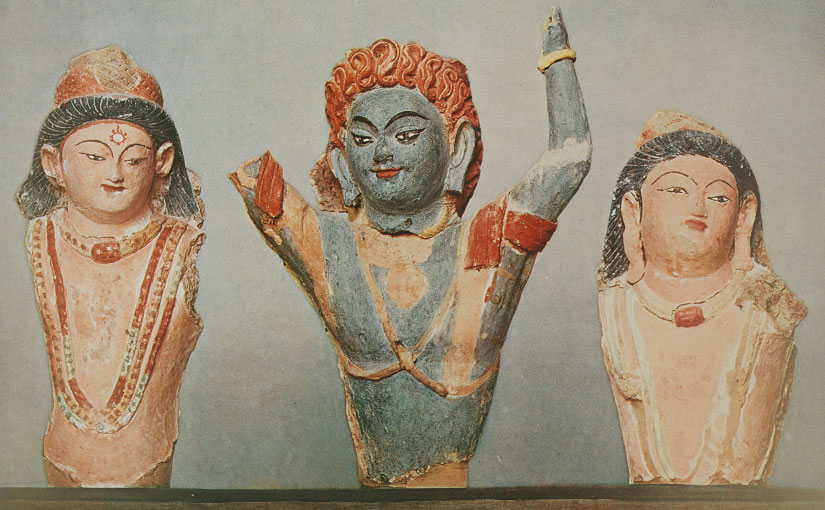


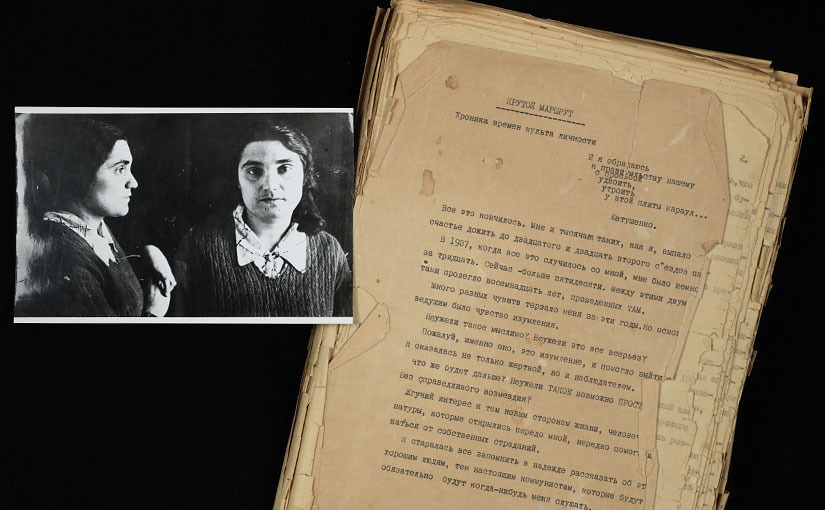


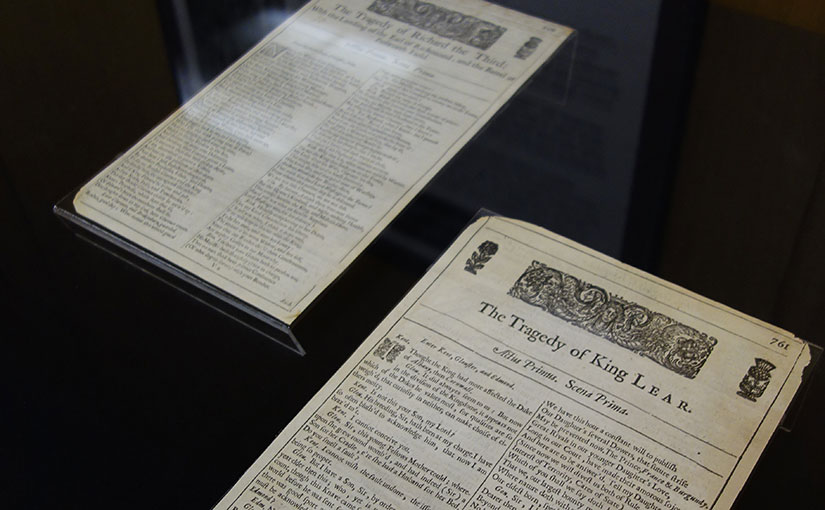

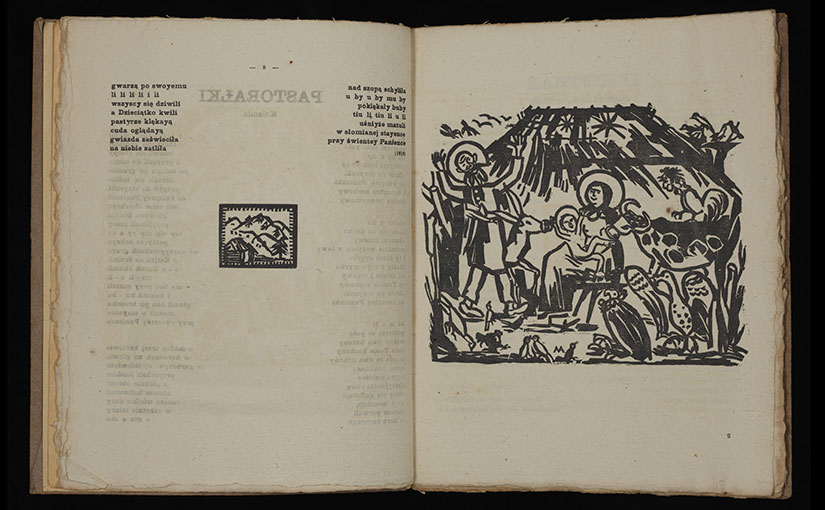


 With his excitement barely contained,
With his excitement barely contained, 